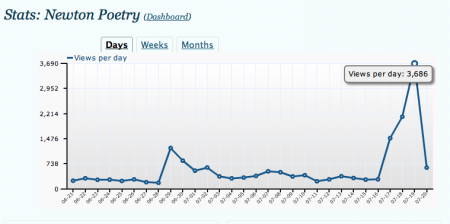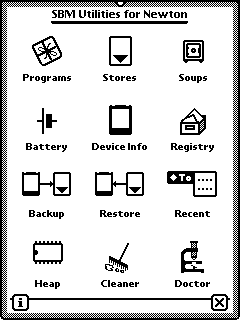Installing Y2010 Patch 73J186 on an eMate
August 10th, 2009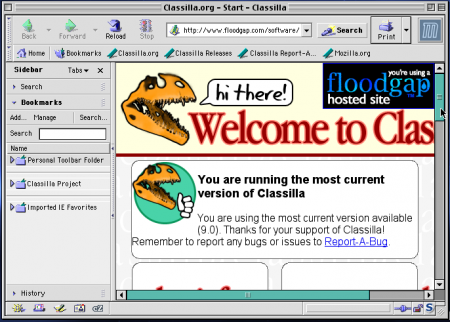
With Eckhart Köppen’s Newtpocalypse patch for the eMate complete, I thought I’d install it and see how it performs on my own Newton eMate.
First, though, I downloaded the new Classilla browser for OS 9. This variation of the old Mozilla browser is getting a lot of attention, and deservedly so. Development on iCab has ceased, and many of the Classic Mac browsers do a poor job of rendering modern web sites.
As a test, I used Classilla to navigate Köppen’s 40Mhz.org site, where he posts his Newton projects, and download the patch from Sourceforge.
It’s easy to install Köppen’s patch. In fact, it’s nothing more than a simple package installation with an automatic reset added at the end. You can either use the Classic Mac installation methods, using Newton Connection Utilities, or the modern NCX or various other OS X-based Newton apps.
I’m using Newton Connection Utilities on an iMac G3 running OS 9, and connecting with a serial-to-USB dongle.
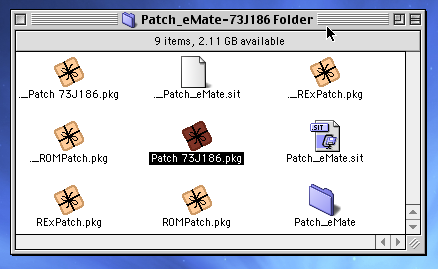
First, download your specific patch file from Köppen’s 40Mhz.org site. As you see above, you’ll have a few options on which patch to download. In my case, I need the 73J186 version.
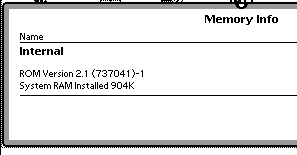
Above you see that my eMate is running Newton OS 2.1, version 737041. This is the part that’s going to change.
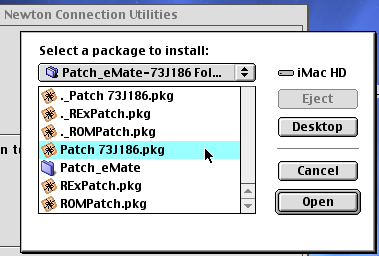
To install Köppen’s Patch 73J186, head to Newton Connection Utilities (on OS 9, or another package installer on OS X) and pick your patch version (above).
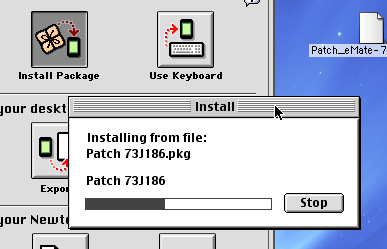
Your package installer will upload the patch to your Newton.
After the patch is done installing, your Newton will reset on its own.
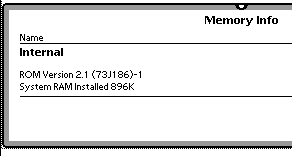
After the restart, my eMate shows the Newton OS 2.1, version 73J186 (the same as the patch version) is installed and up to date.
That’s it. And so far, after running my eMate through a battery of high-powered tests (like turning it on and scribbling some notes), everything is hunky-dorey. Bring on 2010.
How did your patching process turn out?
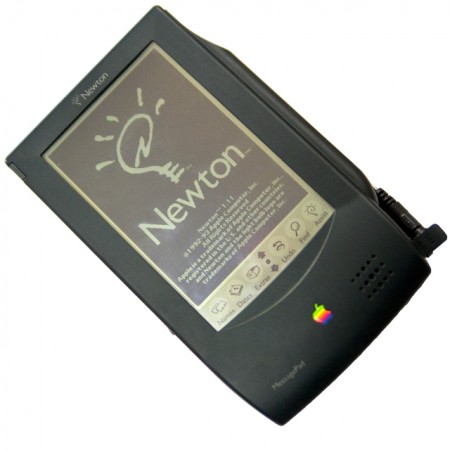

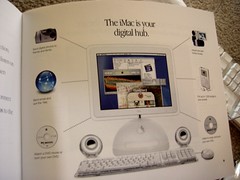
 gdgt.com is a gadget social site, allowing users to “own” or “want” different gadgets, as well as rate them, give tips, and share their device collection.
gdgt.com is a gadget social site, allowing users to “own” or “want” different gadgets, as well as rate them, give tips, and share their device collection.